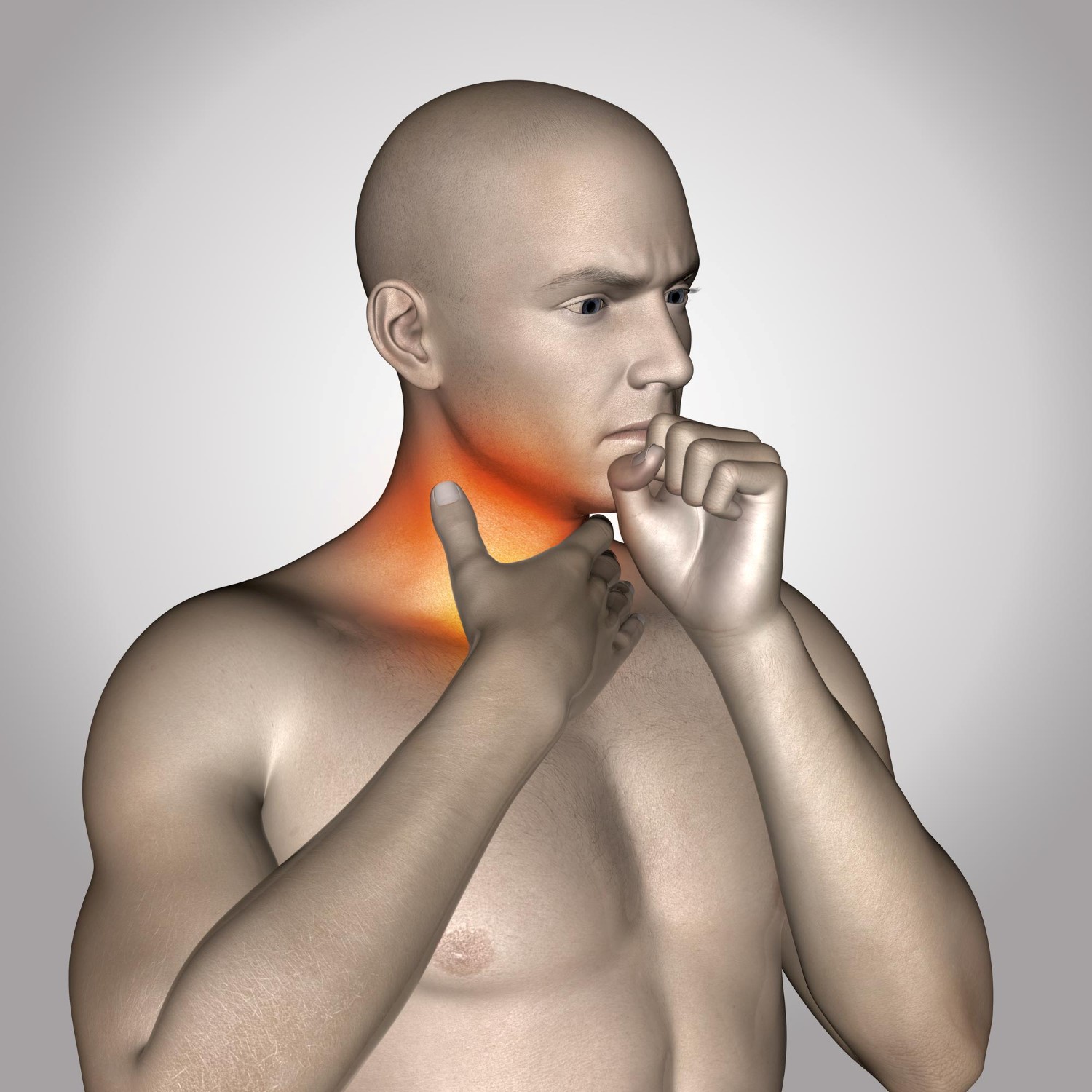Eosinophilic Esophagitis (EoE) is gaining ground as an emerging disease, according to the President of the European Consortium for Eosinophilic Diseases of the Gastrointestinal Tract (EUREOS). Although its causes are not yet fully understood, evidence shows a steady growth in both children and adults, making it the leading cause of chronic oesophageal disease in young people and the leading cause of oesophageal impaction in all ages.
EoE is a chronic immune-mediated condition that triggers inflammation in the oesophagus following exposure to various components, mainly from the diet. What was considered a rare disease three decades ago has today become the main reason behind dysphagia and food impaction in both children and young adults.
The symptoms of EoE are diverse and vary according to the age of the patient. In younger children, they may include nausea, vomiting, chest or abdominal pain, slow feeding, food aversion and even weight loss. In adults, on the other hand, dysphagia, food impaction and oesophageal heartburn are more common symptoms.
Treatment of these patients is based on dietary changes and proper nutrition. In addition, it is crucial to pay attention to the patient’s emotional state, as the inability to eat can trigger anxiety, depression and even phagophobia.
Thanks to the established clinical guidelines for eosinophilic oesophagitis, especially the 2017 European guideline, there is greater awareness of the disease. This leads more professionals to consider EoE when confronted with patients with swallowing difficulties or atypical oesophageal symptoms, which cannot be explained by standard tests, given their immune origin.
EoE is an emerging allergic condition that affects the oesophagus and is mainly triggered by food allergens. However, conventional food allergy tests, such as skin tests or IgE levels, are not effective in identifying the responsible foods in EoE. Unfortunately, effective dietary strategies, such as the elemental diet or the elimination of six foods, are often not well accepted by patients and physicians due to their high degree of restriction and the frequent need for endoscopy. Studies have found that up to three-quarters of patients on a six-food elimination diet have only one or two trigger foods, the most common being cow’s milk, wheat and eggs. Therefore, many responders to this diet could benefit from less restrictive approaches.
Recently, in a multicentre study published in The Journal of Allergy & Clinical Immunology (JACI), Molina-Infante, Lucendo et al. evaluated a new empirical dietary strategy in 130 patients, both paediatric and adult, with EoE. All patients who did not respond to proton pump inhibitors were initially placed on a two-food elimination diet (milk and gluten-containing cereals). Those who did not show improvement were progressively transitioned to a four-food elimination diet (adding the removal of egg and legumes) and then to a six-food diet (including nuts and fish/shellfish), if response remained unsatisfactory.
Results showed that the two-, four- and six-food elimination diets were effective in 43%, 60% and 79% of patients, respectively, with no significant differences between children and adults. In addition, compared to the initial six-food elimination diet, the intensification strategy reduced endoscopic procedures and diagnostic time by 20%. Among those who responded to the two-food elimination diet, the most common culprits were milk (52%), gluten-containing cereals (16%) or both (28%). Milk-only induced EoE was observed in 18% and 33% of adults and children, respectively. Notably, 90% of those responding to the two- or four-food elimination diets had one or two food triggers, while all those responding to the six-food diet had three or more.
This new empirical approach has the potential to identify most responders quickly, avoiding unnecessary dietary restrictions and reducing the number of endoscopies, thus shortening the diagnostic process. Patients who respond to two- or four-food diets, having fewer food triggers, may be ideal candidates for long-term treatment, avoiding the offending foods. These findings provide valuable information on the efficacy of different empirical dietary strategies and the most frequently implicated foods, suggesting that the six-food elimination diet could be reserved as a last resort rather than the first choice, especially for less motivated patients. This novel approach has the potential to simplify clinical decisions and improve both patient and physician adherence to dietary therapy.
Source: Molina-Infante, Javier et al. Intensification of empirical elimination diet for paediatric and adult eosinophilic oesophagitis: the 2-4-6 study, 2017. Journal of Allergy and Clinical Immunology, Volume 141, Number 4, 1365 – 1372.



